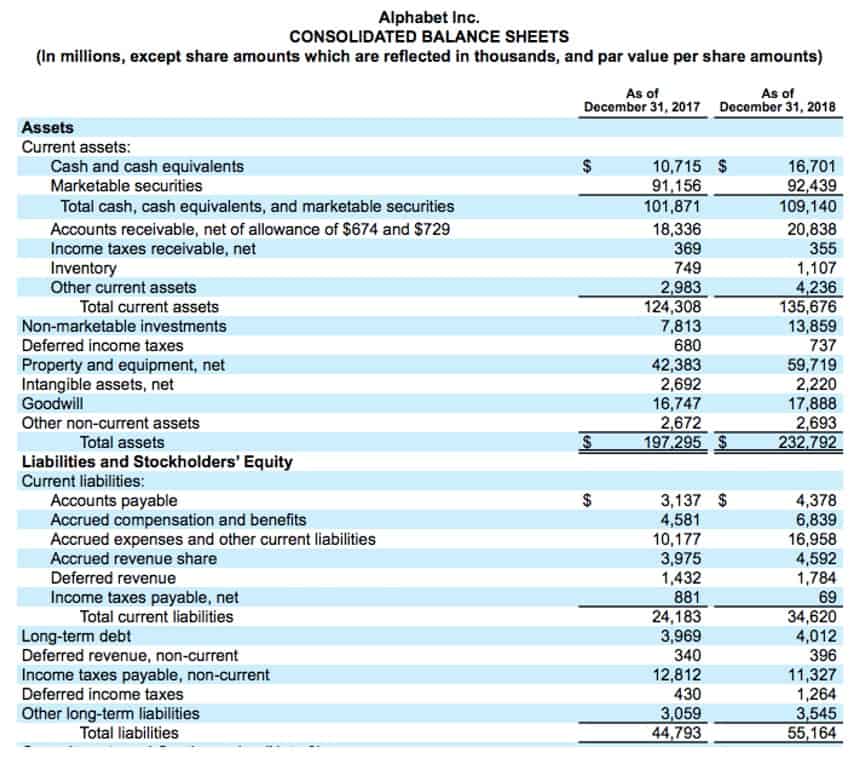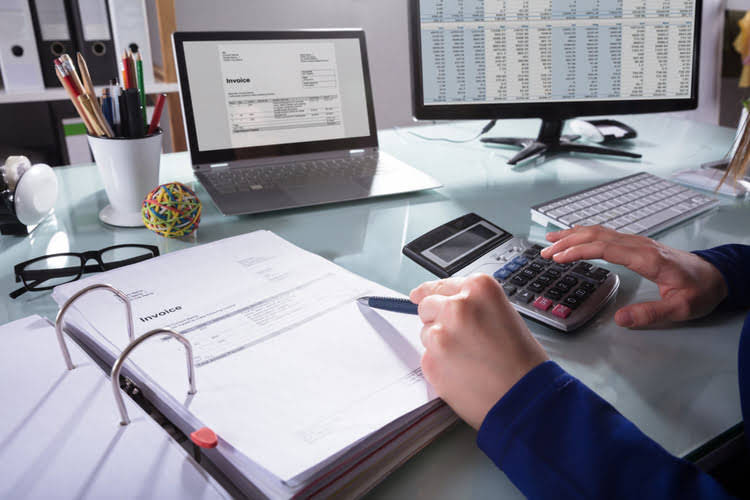
Selling expenses reduce the net selling price of the asset, which in turn affects the gain or loss on the sale and ultimately the after-tax salvage value. The salvage value calculator evaluates the salvage value of an asset on the basis of the depreciation rate and the number of years. The salvage value is calculated to know the expected value or resale value of an asset over its useful life. The after-tax salvage value is more than an accounting footnote—it shapes investment decisions and tax strategies. By mastering its calculation, financial managers ensure accurate project valuations and compliance with tax laws.
Re: Sole proprietor using payroll service for a W2 vs 1099 income
It involves finding future cash flows of an option and discounting them to find their present worth and comparing it to the initial outlay required. Salvage value is a Travel Agency Accounting critical concept in accounting and financial planning, representing the estimated residual value of an asset at the end of its useful life. Depreciation reduces an asset’s book value, which can affect the gain or loss on the sale of the asset, ultimately impacting the after-tax salvage value.
Calculation Formula
- Salvage value can be estimated based on factors such as the asset’s age, condition, and market demand.
- A company uses salvage value to estimate and calculate depreciation as salvage value is deducted from the asset’s original cost.
- No, tax rates vary depending on the jurisdiction and specific tax laws applicable to the asset.
- An asset in good condition is likely to have a higher salvage value compared to one that is damaged or in poor condition.
- Net book value can be very helpful in evaluating a company’s profits or losses over a given time period.
Assets subjected to high loads may have reduced salvage values, as the increased stress can lead to premature wear and tear. This is a key consideration for businesses that operate assets in harsh environments or with heavy workloads. Companies can also use industry data or compare with similar existing assets to estimate salvage value. petty cash Depreciation reduces the book value of an asset over time, which subsequently affects the after-tax salvage value.
How is Salvage Value Calculated?
The lower the book value due to depreciation, the higher the potential taxable gain or lower potential taxable loss. The scrap value of a machine is essential when selling it, as it determines the selling price and can be re-utilized for purchasing new machinery. This value can be a barometer of the machine’s resale value, but the selling price is ultimately determined by the buyer. Accumulated depreciation is the total amount of depreciation taken during the asset’s class life.

The chosen depreciation method (e.g., straight-line, accelerated) affects the accumulated depreciation over an asset’s life. Higher accumulated depreciation generally leads to a larger depreciation recapture tax upon sale, thus reducing the after-tax salvage value. Conversely, lower accumulated depreciation results in a smaller tax impact and a higher after-tax salvage value. Other times, it’s about figuring out how much it’s worth when it’s done for good, minus the cost of getting rid of it. Salvage value after tax salvage value might only focus on its worth when it’s done, without considering selling costs. Salvage value helps to figure out how much your old stuff is worth when it’s done being useful.

Salvage value is the estimated book value of an asset after depreciation is complete, based on what a company expects to receive in exchange for the asset at the end of its useful life. As such, an asset’s estimated salvage value is an important component in the calculation of a depreciation schedule. Cash method businesses don’t depreciate assets on their books since they track revenue and expenses as cash comes and goes. However, calculating salvage value helps all companies estimate how much money they can expect to get out of the asset when its useful life expires. Salvage value is an asset’s estimated worth when it’s no longer of use to your business.

How Does the Salvage Value Calculator Beneficial?
Older assets with shorter remaining useful lives generally have lower salvage values. In the end, though, MACRS results in the same net depreciation as you would receive under the straight-line method. However, the taxpayer benefits from MACRS depreciation by having a lower net present value for their tax burden. Under the straight-line depreciation method, you can claim $1,000 of depreciation for 10 years. The subsequent conclusion summarizes the key takeaways and underscores the importance of incorporating after-tax salvage value calculations into comprehensive financial management practices. Certain deductions, exemptions, or allowances provided by tax laws might affect the tax liability, so it’s important to consider them when calculating the salvage value after tax.
Zero-Rated Goods and Services: What They Are and How They Impact Taxes
It’s the estimated value of something, like a machine or a vehicle, when it’s all worn out and ready to be sold. This differs from book value, which is the value written on a company’s papers, considering how much it’s been used up. Any calculation of net present value is incomplete if we ignore the income tax implications of the project. This is because governments in most of the countries collect tax from companies, which is based on the profits they generate. Depreciation methods assess an asset’s value over time, influencing financial reporting and tax obligations. Common approaches include straight-line, declining balance, and units of production.

How does depreciation affect the after-tax salvage value?
Learn how to calculate NoPAT and make informed business decisions with our step-by-step guide, boosting profitability and strategic planning. The IRS allows businesses to use the Accelerated Cost Recovery System (ACRS) or Modified Accelerated Cost Recovery System (MACRS) methods to determine the amount to be depreciated. For example, if you have an asset with a basis cost of INR 800,000 and an accumulated depreciation of INR 450,000, the salvage value would be INR 350,000. The estimated remaining useful life of the asset is also important, which can be researched by looking at market examples of similar assets. Cash flow statements are indirectly influenced by salvage value through depreciation adjustments in the operating activities section.
